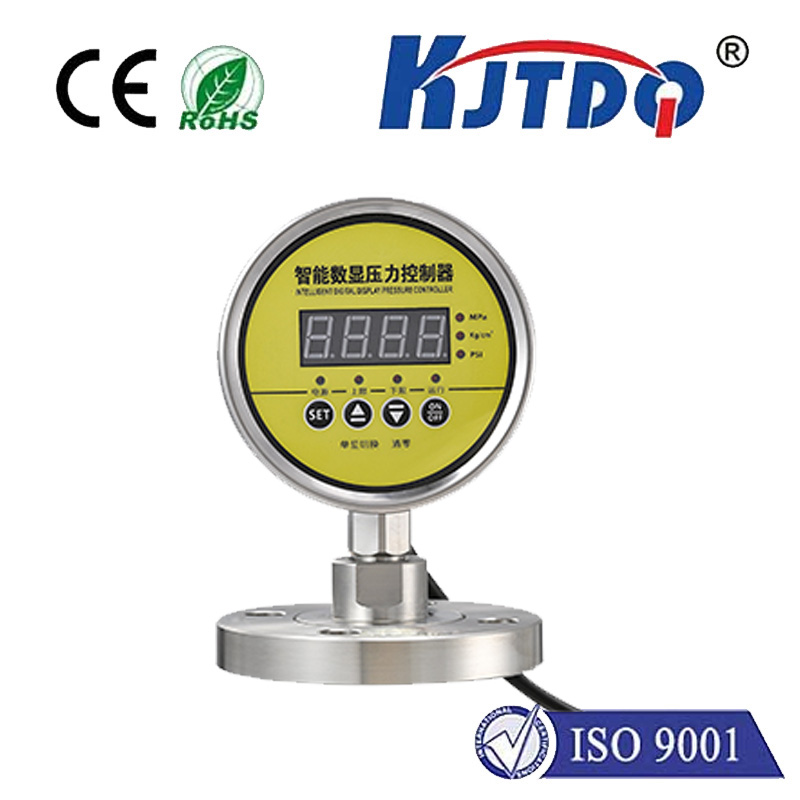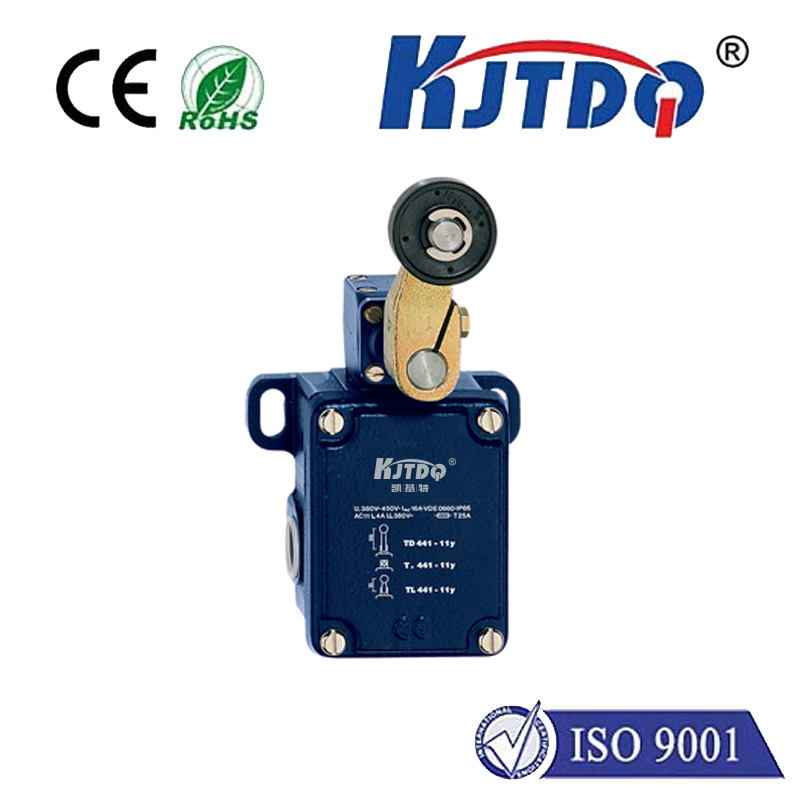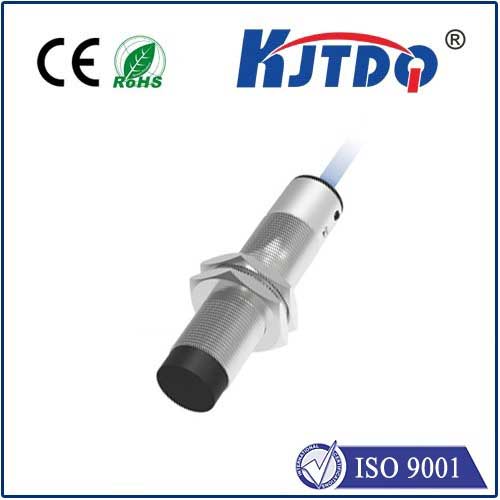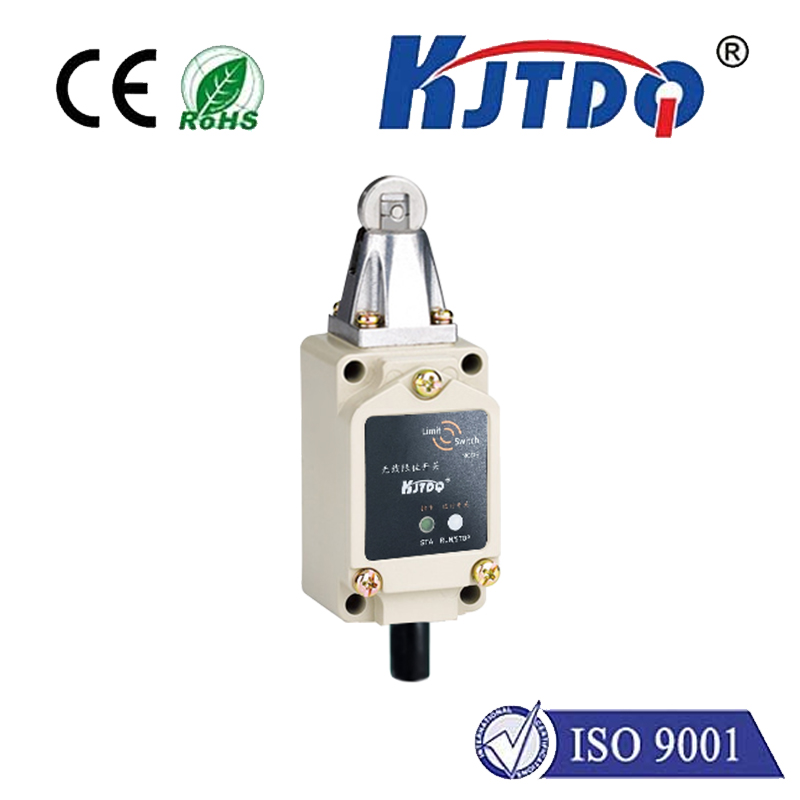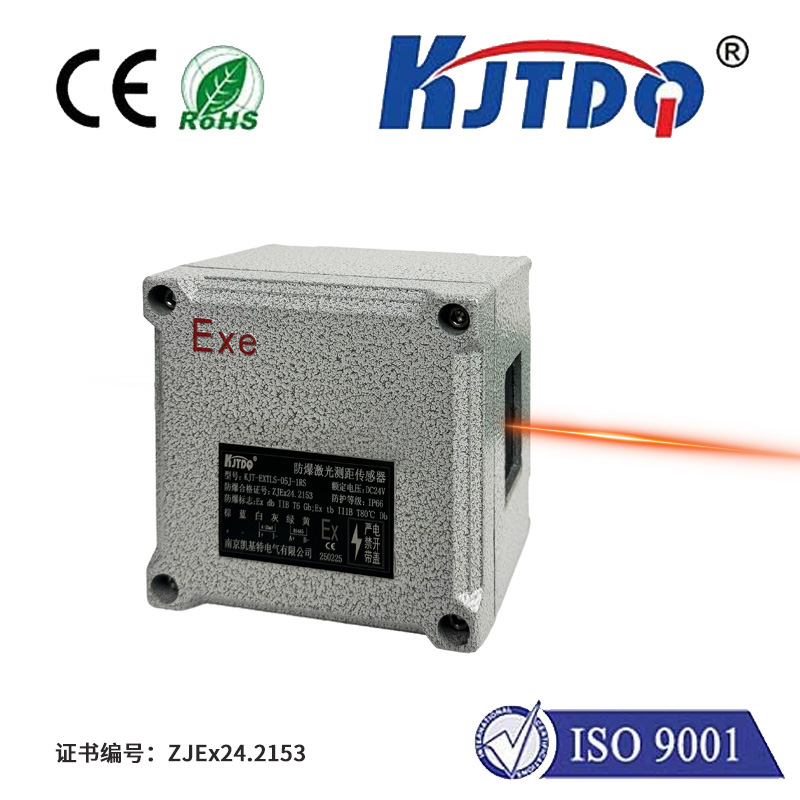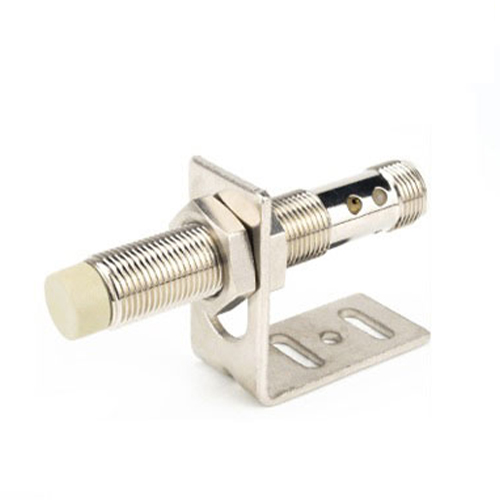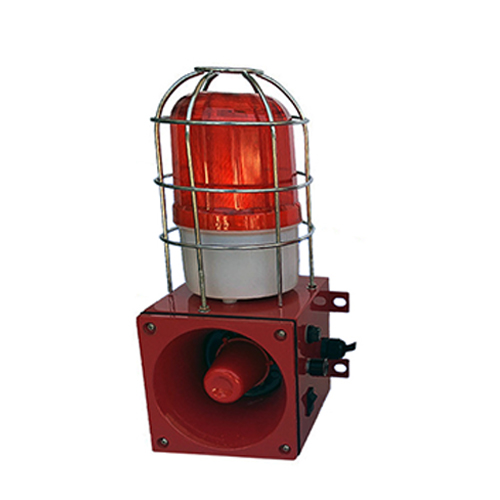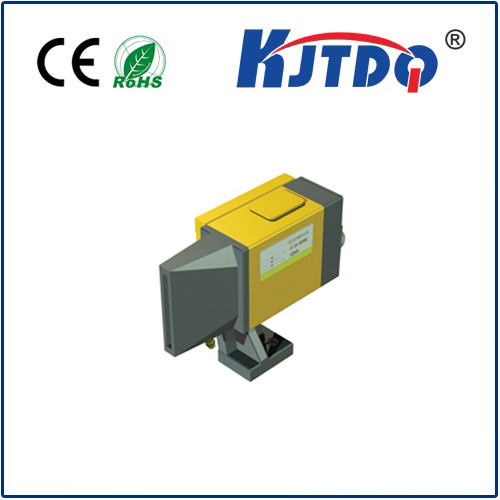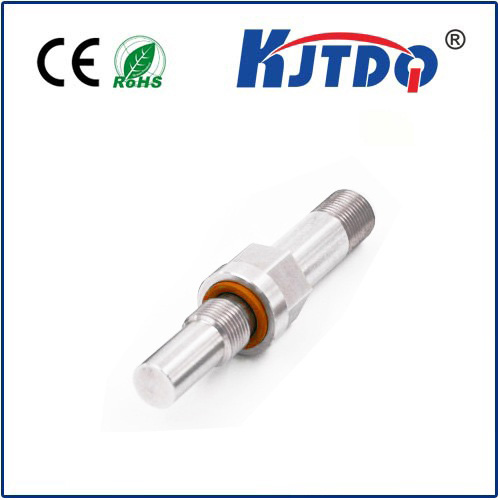proximity detection sensor
- time:2025-07-15 08:13:05
- Click:0
Proximity Detection Sensors: The Silent Guardians of Modern Technology
Imagine your smartphone screen turning off automatically when raised to your ear, preventing accidental touches. Visualize a high-speed manufacturing line where robotic arms move with millimeter precision, never colliding. Consider your car warning you of unseen obstacles while parking. These everyday marvels share a common, invisible hero: the proximity detection sensor. These compact yet powerful devices silently perceive the presence, absence, or distance of nearby objects without physical contact, forming the bedrock of countless automated systems, safety mechanisms, and intuitive user interactions in our increasingly connected world.
Understanding the Core Principle
At its heart, a proximity sensor detects an object’s presence or measures its distance without requiring any physical touch. This non-contact detection capability is revolutionary, enabling operations where contact is impractical, impossible, or potentially damaging. The fundamental principle relies on emitting a specific field (electromagnetic, electrostatic, optical, or acoustic) and monitoring changes within that field caused by an intruding object. The resulting change in the field’s properties – be it strength, frequency, phase, or reflection pattern – is interpreted by the sensor’s electronics to determine object presence and often estimate distance.
Diverse Technologies for Diverse Needs
There isn’t a one-size-fits-all proximity sensor. Different technologies excel in various environments and target materials:
- Inductive Proximity Sensors: These generate an electromagnetic field. When a metallic object enters this field, it induces eddy currents within the metal, causing a detectable shift in the oscillator circuit’s amplitude. Ideal for harsh industrial environments (robotics, machine tools), they are renowned for robust reliability, insensitivity to dirt and dust, and resistance to vibration. However, they specifically detect only metals.
- Capacitive Proximity Sensors: Operating on the principle of capacitance change, these sensors detect the presence of any material that alters the electrostatic field between the sensor’s electrodes – metals, plastics, liquids, powders, wood, or even the human body. This versatility makes them perfect for level detection in tanks (liquids, granules), presence detection of non-metallic objects, and touch interfaces. They can be affected by moisture or humidity.
- Optical Proximity Sensors: Utilizing light beams (visible, infrared, or laser), these sensors detect objects based on light transmission, reflection (diffuse or retro-reflective), or beam interruption (through-beam). Infrared (IR) proximity sensors are commonplace in smartphones and appliances. Optical sensors offer longer detection ranges and can detect very small objects, but performance can be hampered by ambient light interference, dirt, or fog.
- Ultrasonic Proximity Sensors: These emit high-frequency sound waves and measure the time taken for the echo to return. The time-of-flight calculation provides accurate distance measurement, even for complex surfaces or transparent objects. Widely used in parking assist systems, level monitoring, and collision avoidance, they are less affected by dust or color but can struggle with sound-absorbing materials or turbulent air.
- Magnetic Proximity Sensors: Activated by the presence of a magnetic field, typically from a permanent magnet. Used extensively for simple position detection (door/window sensors, cylinder position in hydraulics/pneumatics). Reed switches are a common, cost-effective type.
Where They Thrive: Ubiquitous Applications
The applications for proximity detection sensors are astonishingly broad:
- Industrial Automation: The undisputed heartland. Monitoring position of components on assembly lines, robotic arm end-effector positioning, detecting tool presence/wear, part counting, conveyor belt control, and safety door interlocks to protect personnel.
- Automotive Safety & Convenience: Crucial for blind-spot detection, parking assistance (ultrasonic sensors), collision avoidance systems, automatic braking triggers, touchless trunk opening (capacitive), and automatic windshield wiper activation (optical rain sensors).
- Consumer Electronics: Enabling the iconic auto-dim feature on smartphones/tablets when held near the ear, touch-sensitive buttons (capacitive), power-saving modes when devices are unused, and gesture control interfaces.
- Home & Building Automation: Security systems (window/door position via magnetic sensors), touchless faucets/soap dispensers (IR or capacitive), elevator call button detection, and automated lighting control.
- Aerospace & Defense: Landing gear monitoring, obstacle avoidance for drones, and proximity detection in confined or hazardous areas.
Choosing the Right Sensor: Key Considerations
Selecting the optimal proximity sensor hinges on understanding the specific application requirements:
- Target Material: Metal, plastic, liquid, wood? (Inductive for metal, capacitive for nearly everything else).
- Required Detection Range: Short-range object presence (e.g., inductive) or longer distance measurement (e.g., ultrasonic, optical).
- Operating Environment: Exposure to dust, moisture, chemicals, extreme temperatures, or vibration? Industrial-grade sensors with robust housings (often stainless steel) and high Ingress Protection (IP) ratings (like IP67 or IP68) are essential for harsh settings.
- Output Type: Discrete (On/Off) detection or analog (continuous distance) measurement? NPN vs. PNP transistor outputs? Relay output?
- Mounting Constraints & Size: Space limitations often dictate compact sensor form factors.
- Response Time: Critical in high-speed automation.
- Cost: Inductive sensors are often most economical for metal detection, while specialized long-range or analog sensors command a premium.
The Unsung Heroes Enabling Progress
Proximity detection sensors are fundamental components driving automation, enhancing safety, and adding intuitive functionality. They operate behind the scenes, often unnoticed, yet their impact is profound. From ensuring the smooth, collision-free operation of million-dollar manufacturing equipment to preventing a simple dropped call, their role is indispensable. As technology advances, we can expect further miniaturization, enhanced sensing accuracy, greater resistance to environmental interference, integration of multiple sensing principles (hybrid sensors), and deeper incorporation into the Internet of Things (IoT), making environments smarter and interactions more seamless.











